Working from home has become an increasingly viable option for many jobs in recent years. A quick search of any job posting board for “online work” is all it takes to realize that the number of companies offering remote or hybrid options has never been higher. While there are certainly many benefits to telecommuting, your ad hoc workplace is not without its own specific dangers. There is a good chance that your home office is designed to prioritize the effective use of space rather than the ergonomic functionality of your workstation. This is fine if you are just using the computer for a quick task such as paying bills or cruising the internet. However, if you will be working there for any significant amount of time, you may be placing yourself at an increased risk of developing carpal tunnel syndrome (CTS) or other repetitive stress injuries.

CTS is a chronic, painful condition that can affect one or both hands. Symptoms usually worsen over time. As the American Academy of Orthopaedic Surgeons warns, the condition can easily lead to nerve damage and permanent dysfunction if not properly treated. A CTS flareup can often be triggered by making repetitive motions such as typing or using a computer mouse without maintaining proper posture. While many think of CTS as being little more than a nuisance, it can become truly debilitating. Sufferers can lose sensation in their fingers to the point where they are often unable to hold items in their hands without dropping them. Severe cases usually require costly surgery as well as considerable time off from work during the recovery period.
What is the actual cause of CTS? Some cases are brought on by traumatic injuries, but the exact cause is difficult or even impossible to pinpoint in most cases. CTS is a very common problem that plagues about 3% of the population, or about 236 million people worldwide. Women are three times more likely than men to develop the disorder. It is more common among people who have a family member with the same condition. There is no guaranteed way to prevent CTS, but the good news is that there are several preventative measures you can take to decrease your chances… or to lessen your symptoms if you are already affected.
It is possible to monitor your hand health from the comfort of your own home, and chances are, it is less complicated than you think. The most effective method for doing this is to use a helpful device known as a hand dynamometer, such as this digital model from Handexer. It works by calculating the amount of force you are able to exert when squeezing the handle of the device, and it displays your results immediately on the digital screen. This makes it possible for you to detect and document any changes in your hand and wrist strength that take place over time. A decrease in the strength of your grip might be a sign that you are experiencing decreased blood flow in your fingers, which can be caused by CTS.

It is also very important to take steps towards increasing the ergonomic design of your office by ensuring that your computer desk and chair are correctly aligned and have been properly adjusted to fit your body. As Mayo Clinic experts describe, "incorrect posture rolls shoulders forward, shortening the neck and shoulder muscles and compressing nerves in the neck. This can affect the wrists, fingers and hands." Holding your wrists at an awkward angle puts increased pressure on the median nerve that runs from your collarbone to your hand by way of the carpal tunnel, a narrow passageway in your wrist that supplies the blood flow to your hand. The resultant swelling can cause severe pain and loss of strength and dexterity in the wrist, hand, and forearm. Many people also experience a significant decrease of strength in the hands that are affected by the disorder.

The Occupational Safety and Health Administration (OSHA) states that "early reporting, diagnosis, and intervention can limit injury severity, improve the effectiveness of treatment, minimize the likelihood of disability or permanent damage, and reduce workers compensation claims." In other words, the best outcome in treating CTS depends upon your ability to detect the warning signs before they have time to develop into a more serious problem. Wrist pain is not always the first indication that something is wrong. Loss of strength in your hands is a common symptom as well, and this can be a very helpful metric to evaluate the overall health of your hands and wrists.
The most common symptom of CTS is a sharp, painful tingling in your thumb and the first three fingers of your hand, which can be accompanied by shock-like sensations that radiate from the wrist to the forearm. This frequently occurs at night because most people tend to sleep with their arms and wrists bent. It might be possible to get some relief by wearing a brace at night to keep the wrist immobilized and give the median nerve some much-needed rest. American Family Physician states that "patients often awaken with symptoms and shake out their hand to provide relief. This is known as the flick sign." While the pain is a frustrating and uncomfortable occurrence, at least it means that some sensation is still present; and as their article further elaborates, “disappearance of pain is a late finding that implies permanent sensory loss.”
The only way to know for sure whether you are experiencing CTS is to get evaluated by a qualified healthcare professional. Handexer dynamometers can help you out by providing reliable quantitative results that you can share with your healthcare team, who can then use the information to aid them in diagnosing or ruling out this painful disorder. Their dynamometers are surprisingly affordable, and all of them are backed up by a two year warranty. Measuring your grip strength is a simple step that you can take every day to help keep an eye on the health of your hands and wrists.

With proper early diagnosis, it may be possible to adjust your work habits in order to prevent lasting nerve and muscle damage from CTS. This gives you the best chance of a full recovery with minimal downtime and far less pain than the alternative. Please consult your doctor to address any concerns or questions you may have. This article is presented solely for the purpose of general information, and should in no way be interpreted as medical advice or recommendation for our against any treatment.


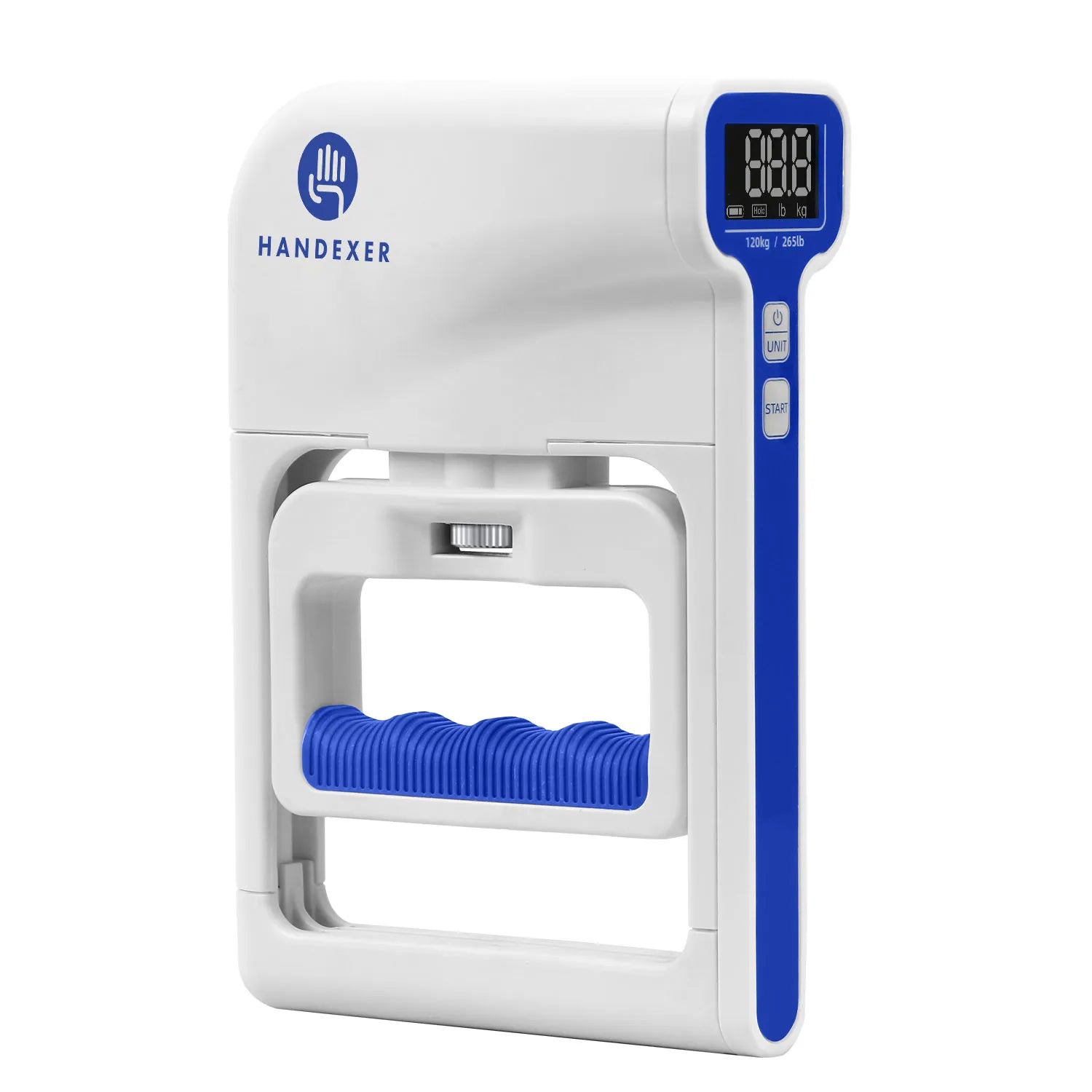
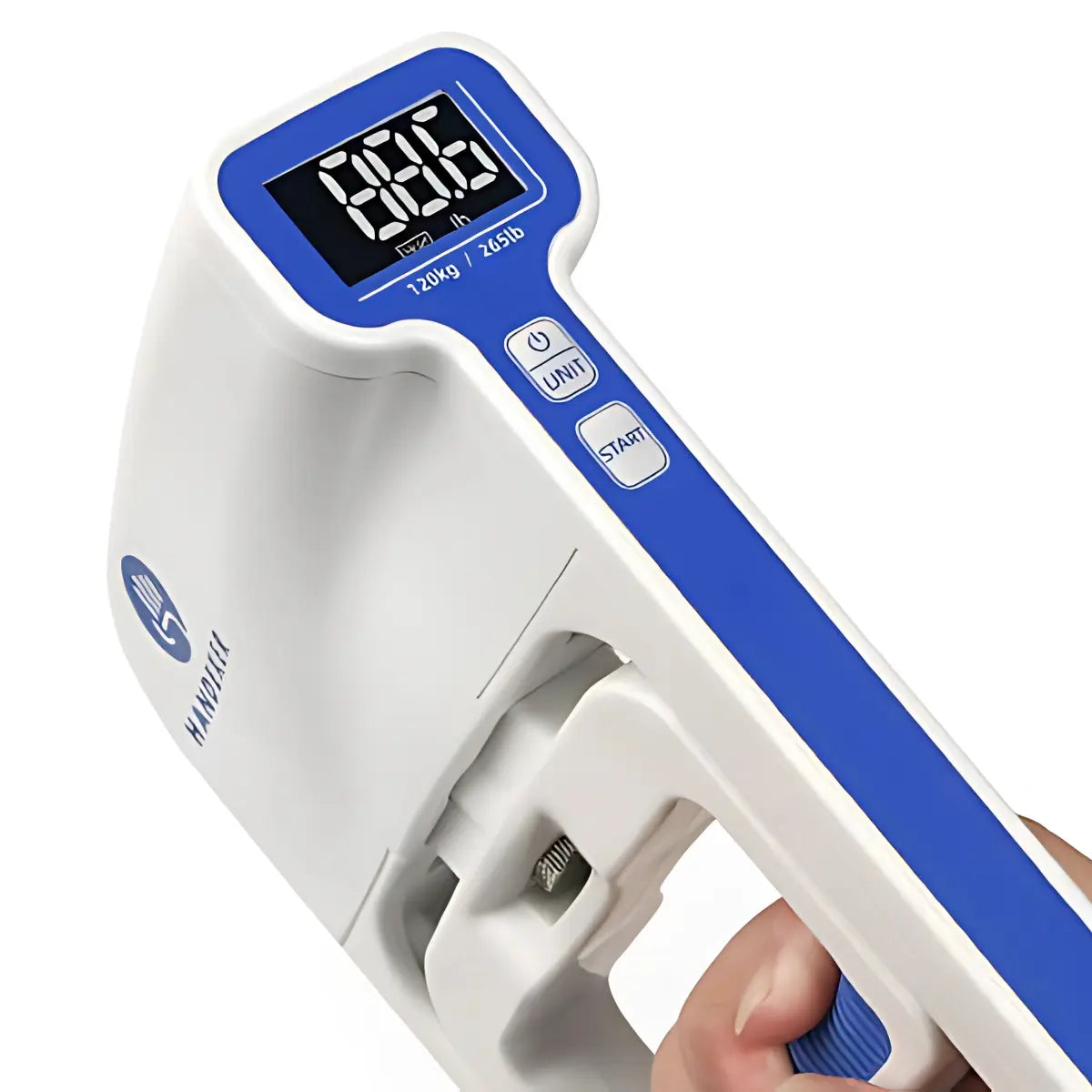
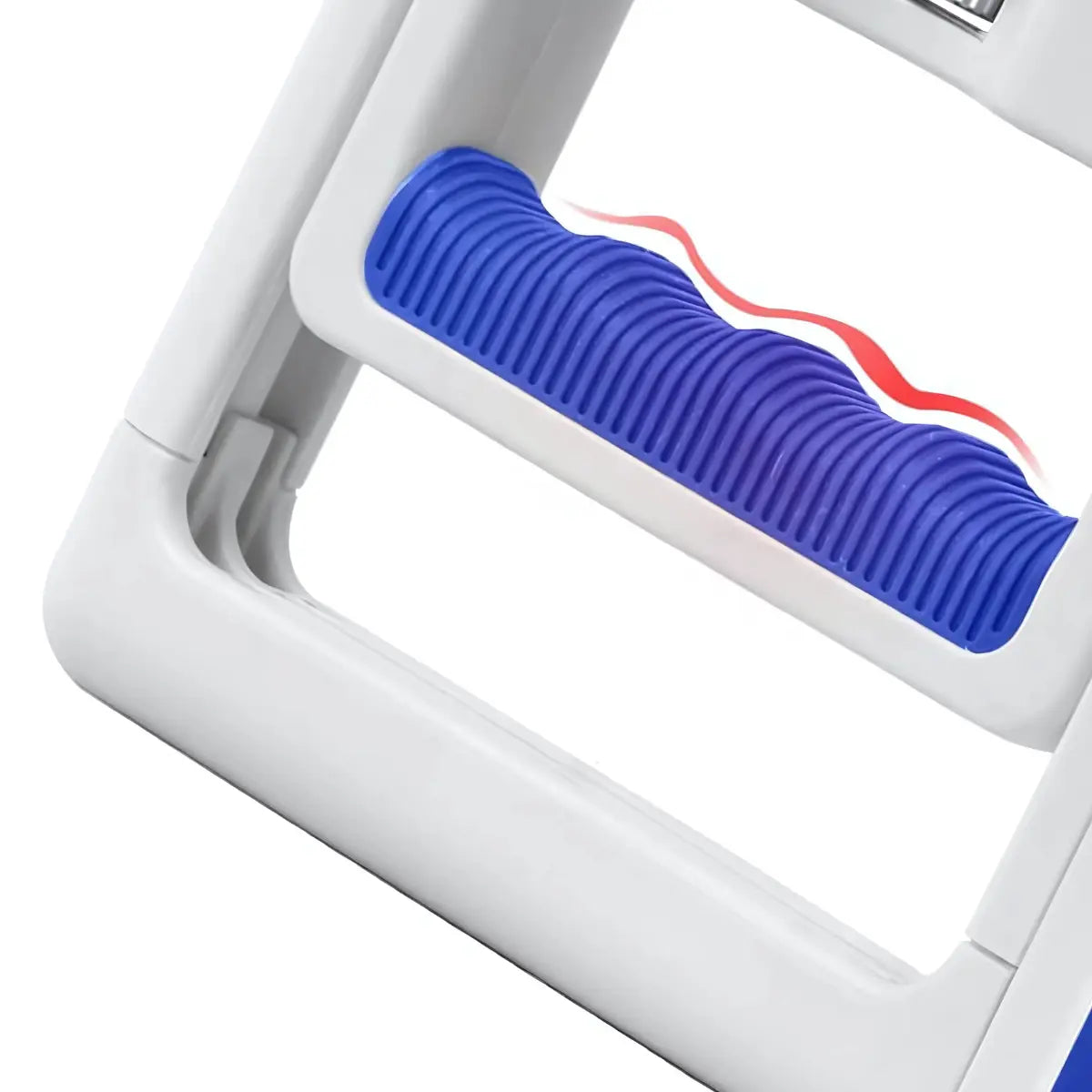
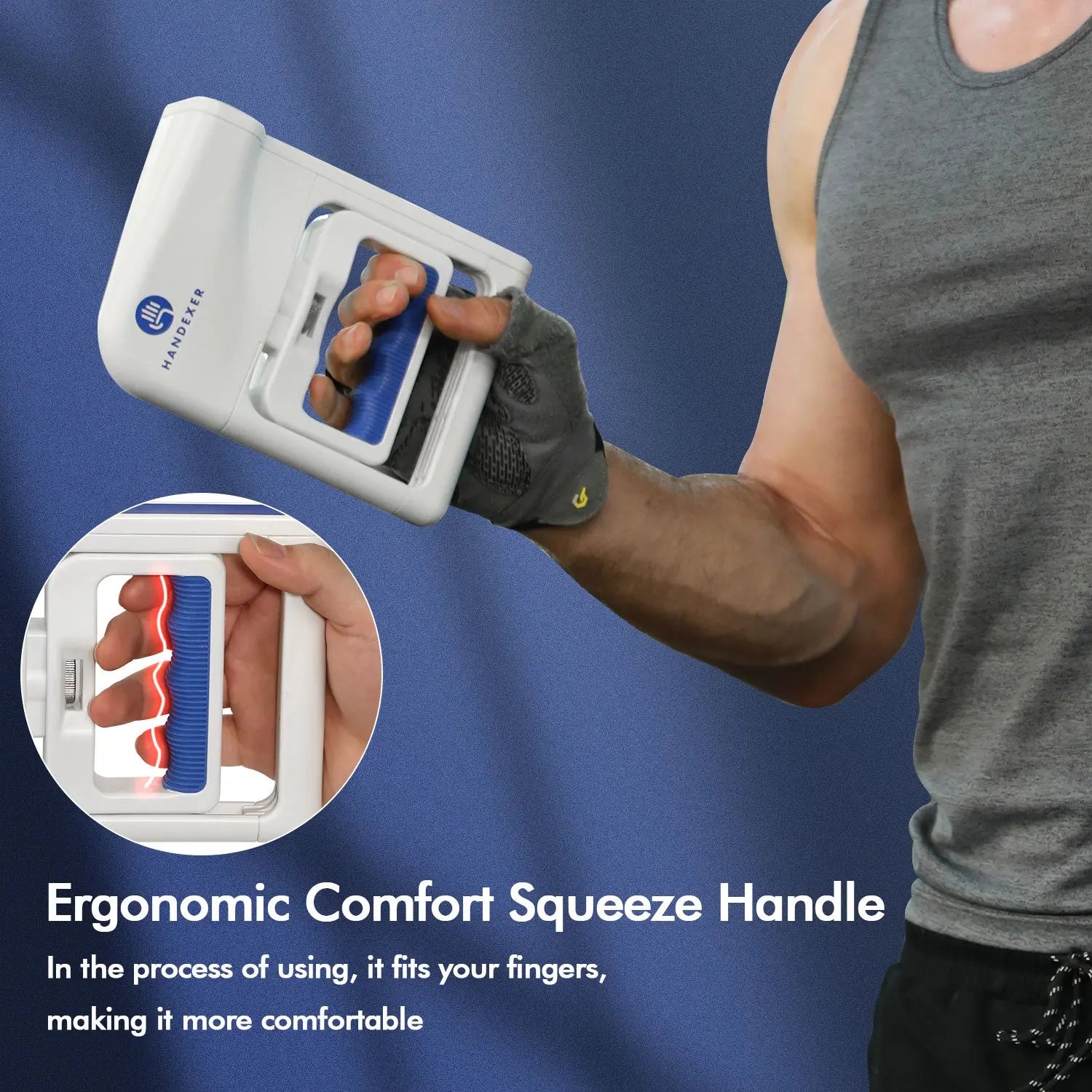


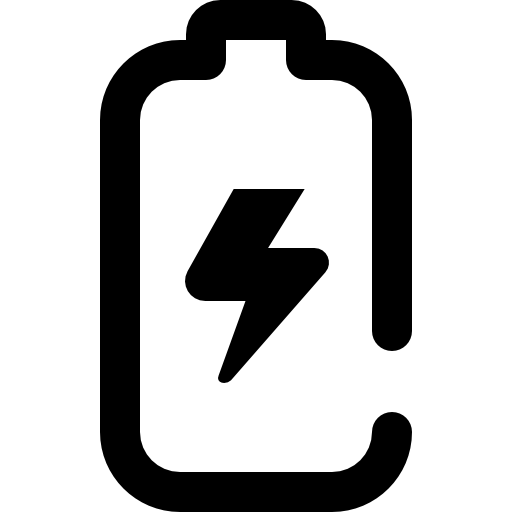

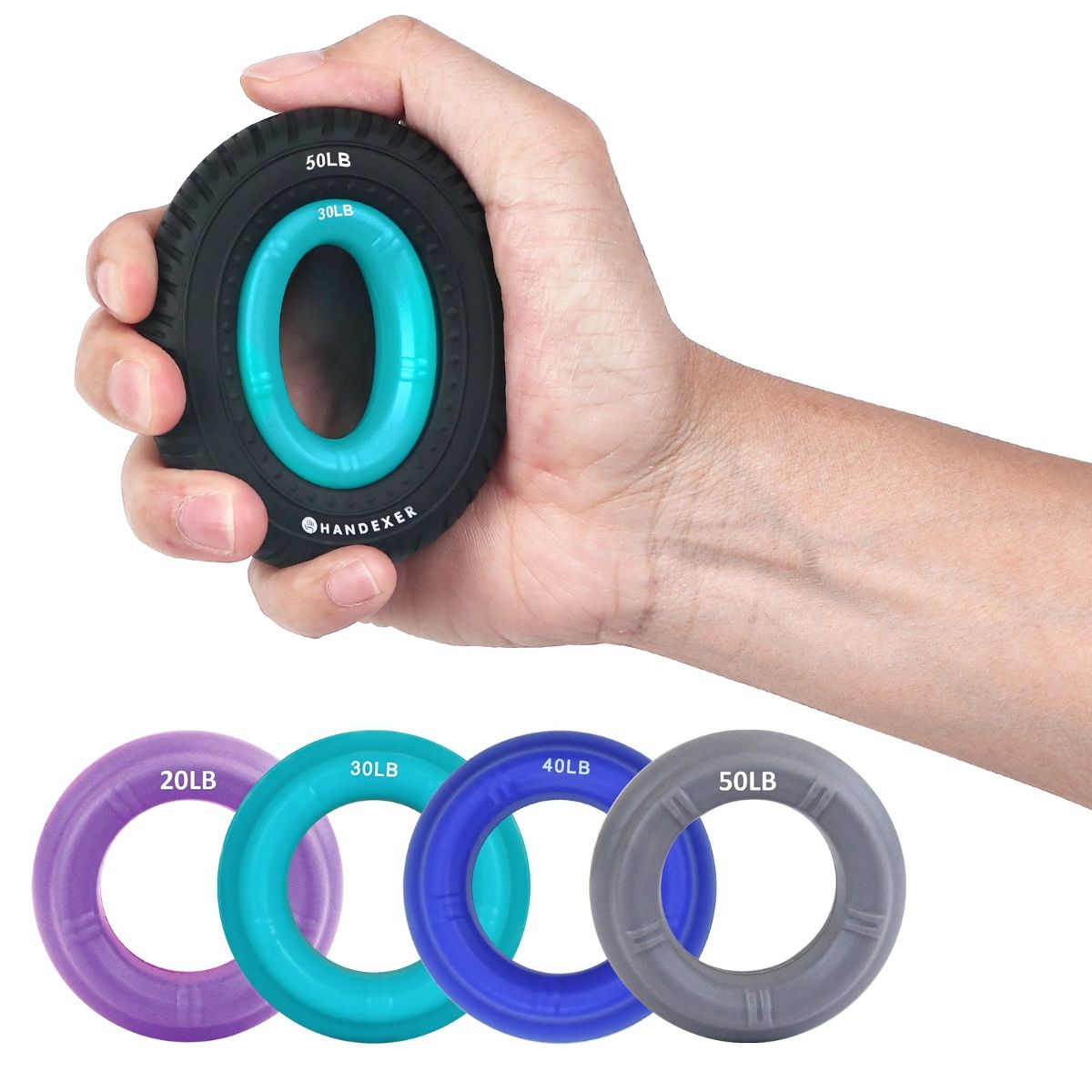
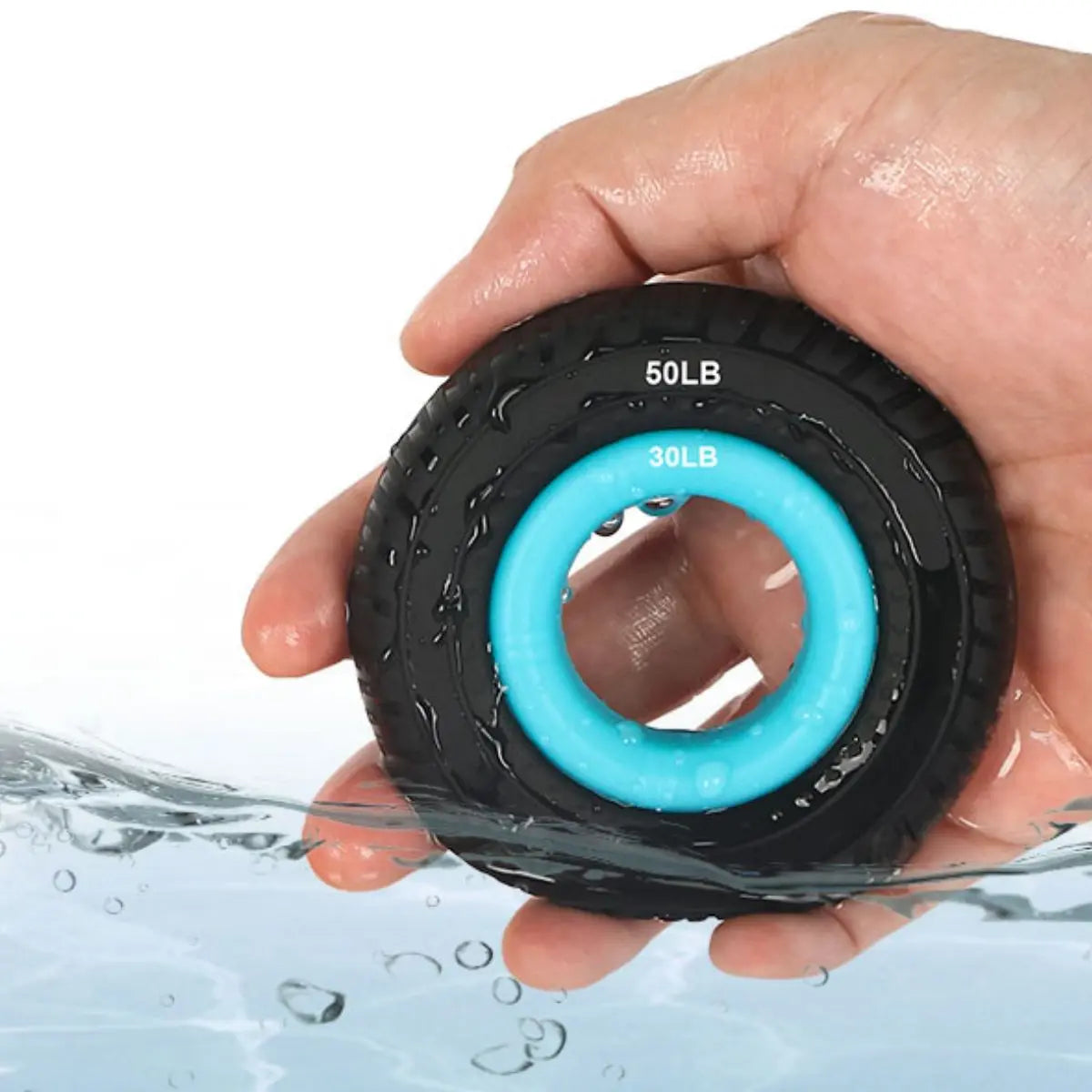
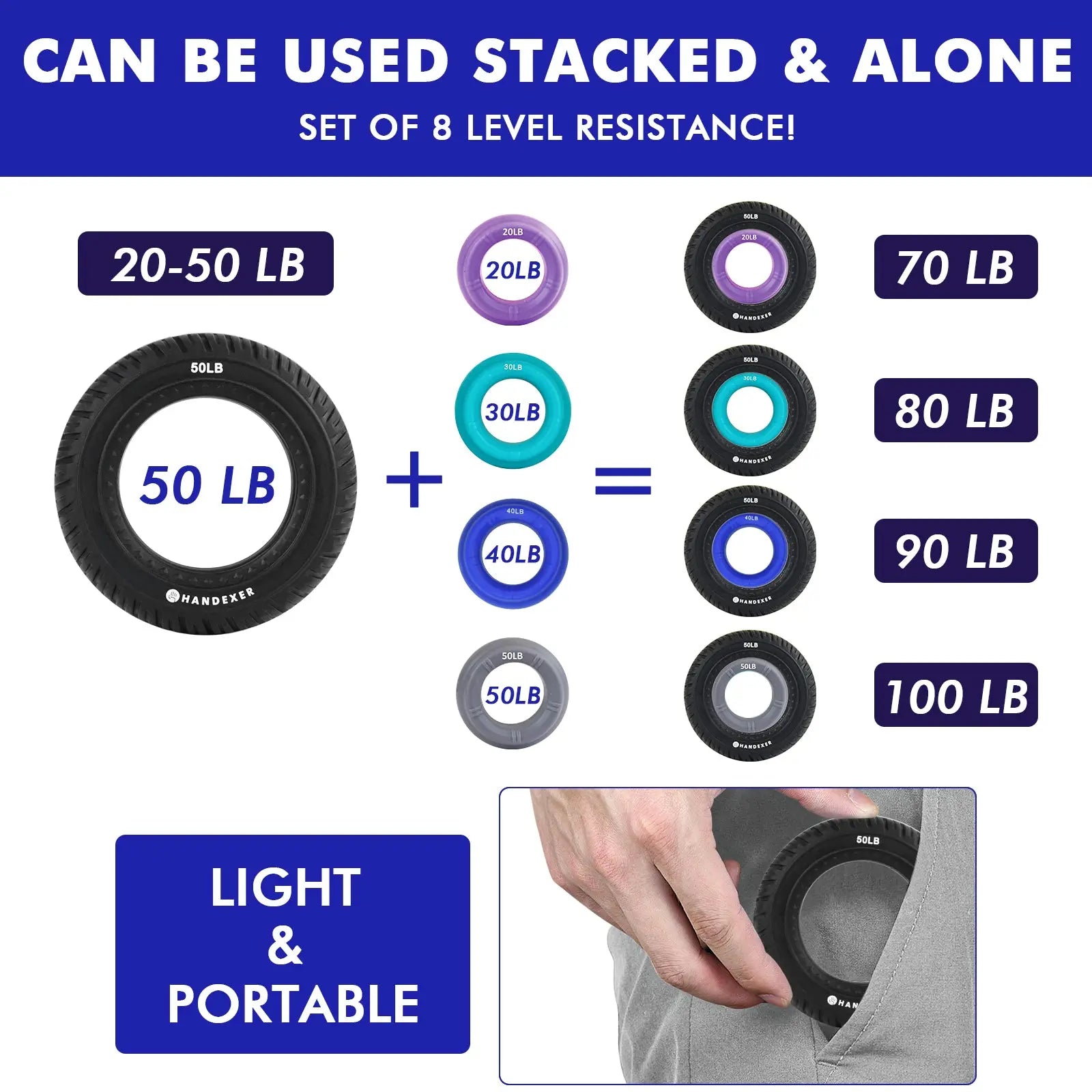
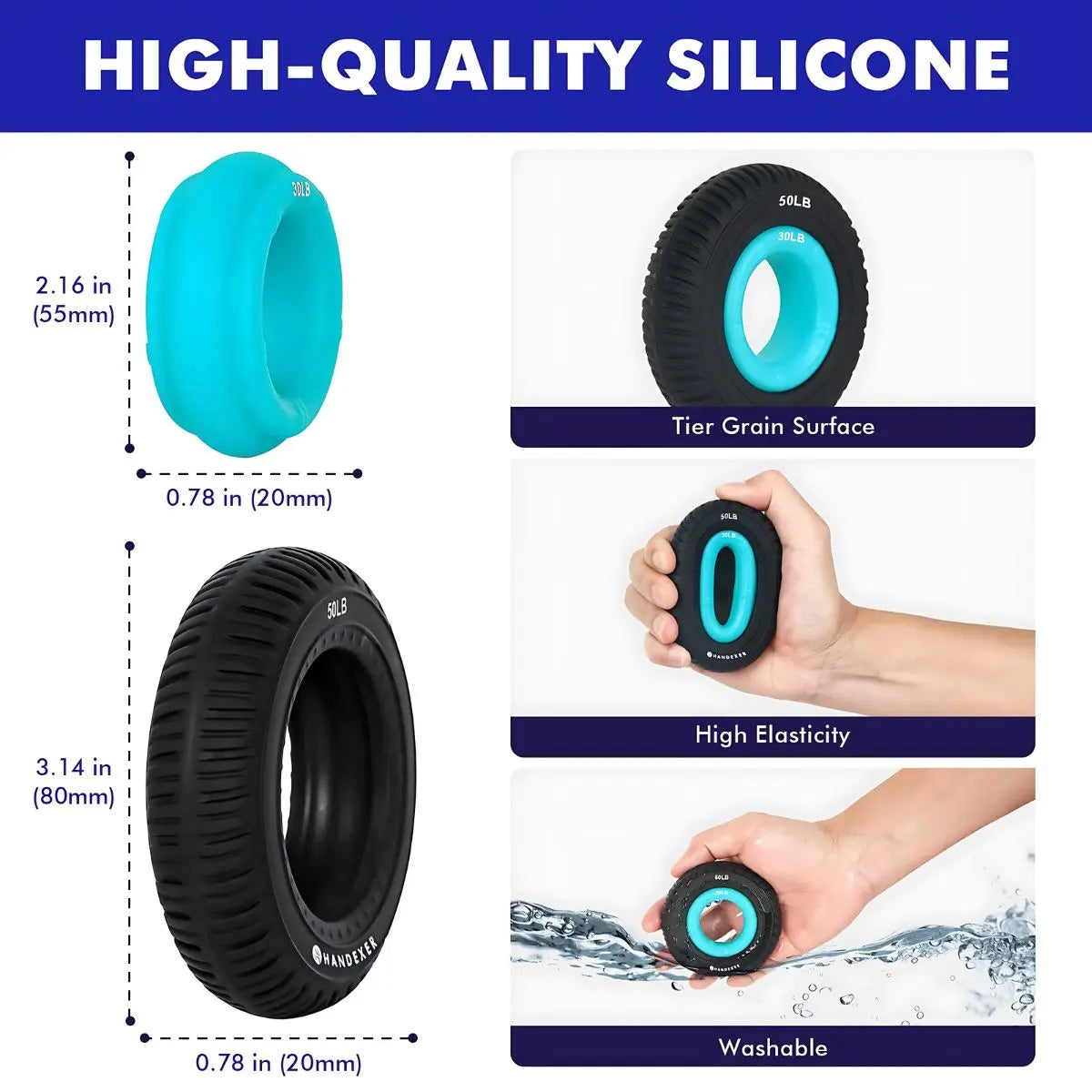

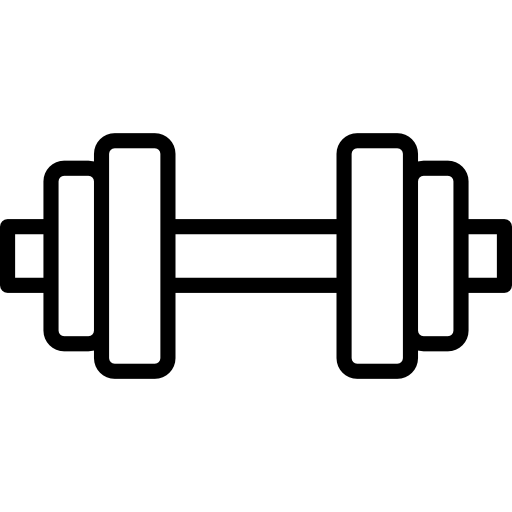

Share:
Clinical Use of Hand Grip Strength to Determine Fall Risk
Your Grip Strength, Your Health Strength